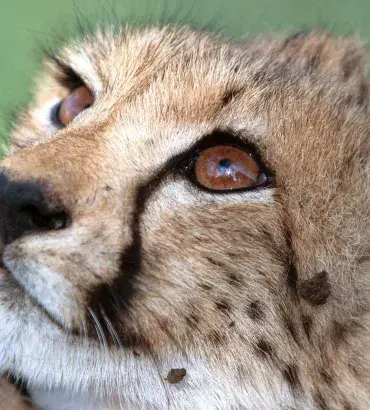South Africa
South Africa is one of the world’s most diverse countries.
The Republic of South Africa is in the southernmost region of the continent. Its long coastline stretches along the South Atlantic Ocean and the Indian Ocean for more than 2,400 kilometers (1,500 miles). While its coastline is lush, the rest of its geography is vast, flat, sparsely populated, and dry. More than 1,600 kilometers (1,000 miles) south of the mainland lie the Prince Edward Islands, a small sub-Antarctic archipelago.
Kenya
In Kenya, conservation is a cornerstone of the economy.
Kenya is a country of diverse, rich habitat. The humid broadleaf forests along the coast of the Indian Ocean give way to lush grasslands and savannas. The Kenya Lake System of the geologically dramatic Great Rift Valley is a UNESCO World Heritage Site. And, Mount Kenya — the nation’s namesake — is the second-tallest mountain on the continent.
